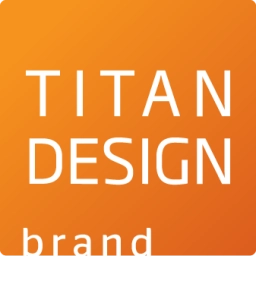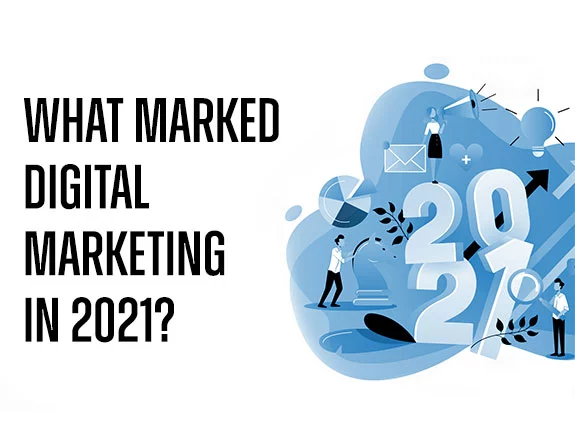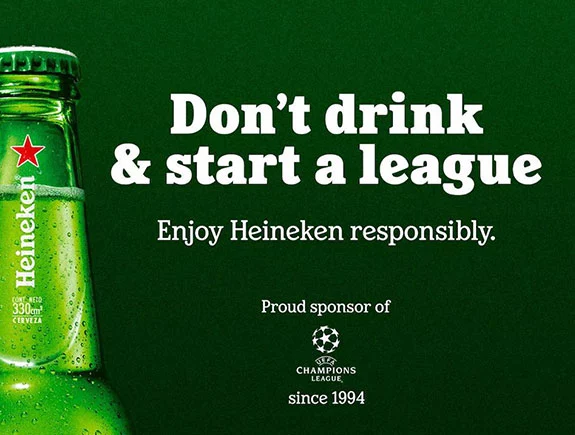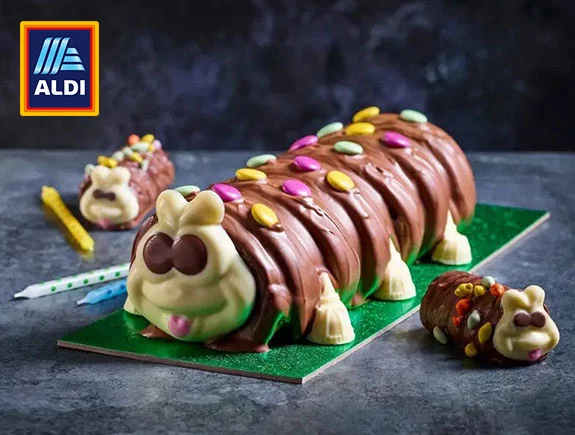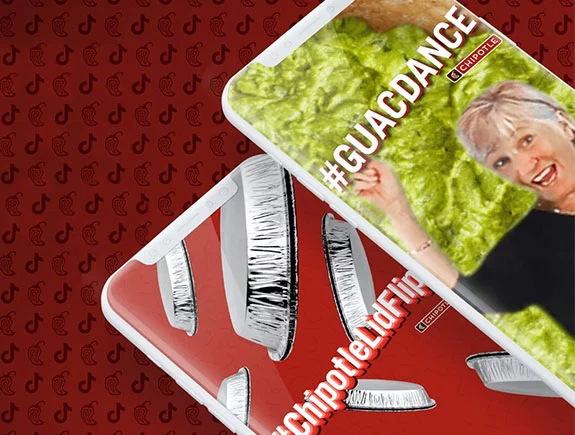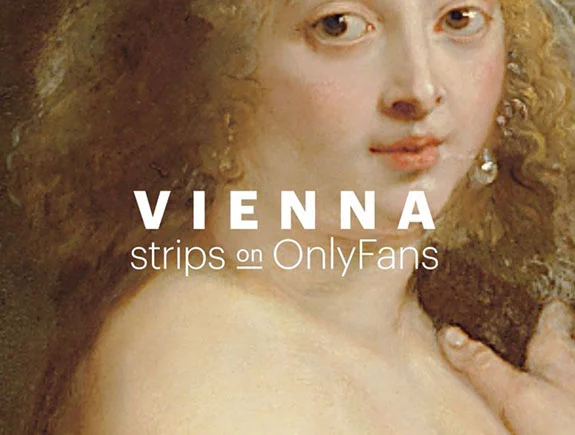In 2020, digital marketing was greatly affected by the pandemic, brands were trying to adapt to the new rules of the game. They were looking for a way to offer support or become a part of everyday life in quarantine conditions.
On the other hand, 2021 was to some extent a transitional year between the old and the new reality. People got tired of the quarantined content, so it was necessary to get rid of it. At the same time, brands had to respect restrictions and measures in their advertising that changed on a weekly basis.
How did brands manage in those circumstances and what can we single out as examples of good practice in the year that will soon be behind us?
Real-Time Marketing
Reacting to events in real-time is the shortest shortcut to virality. Do you know those events that everyone talks about, shares, and makes memes out of? These events carry viral potential. If you handle them in the right way as a brand, you will be able to reach a large number of people with small investments.
Bernie Sanders’ pose from the inauguration of the new American president went around the world in just a few hours, people started making jokes about him, and soon after, brands joined in as well. Ikea used this trend in the right way.
As a long-term partner of the football Champions League, Heineken is comfortable to reacting to events in the world of football. Things coincided perfectly for them in April when the Super League of Europe was formed and a few days later dissolved. Their timely and witty reaction made everyone laugh.
Korean series Squid Game broke all records on Netflix. It probably broke another record, but we don’t have reliable information about that. Never before have more brands tried to use the popularity of a series, some have actually succeeded.
Twitter is alive
Years ago, we looked at our backyard and wrongly came to the same conclusion, that there is no need for a brand to be present on Twitter. Metalac has reassured us with his successful campaigns lately. And global brands confirmed this year that Twitter is the network where the brand can actually show its most entertaining face.
The supermarket chain Aldi has created a cake in the shape of a caterpillar in the UK and named it Colin. Competitors Marks & Spencer thought Colin looked too much like Cuthbert, their caterpillar-shaped cake, and threatened to sue. Aldi did not take the lawsuit too seriously. They responded on Twitter, with a campaign that soon went viral. They reached a large number of people with courage and wit.
Taking an attitude
The pandemic and its consequences have led to another significant division in society, now people are grouped into those for and against vaccination. Debates on this topic are loud both online and offline. Brands generally stay out of the discussion, so as not to turn against them a side that does not agree with their opinion.
American brand Budweiser thought differently. At the beginning of the year, they announced that they would not air their commercials during the Super Bowl, the most prestigious television program, but instead redirected that money to a 360 campaign for vaccination advocacy.
This campaign was divided into several phases. From commercials to prize vouchers for vaccinated people, it has earned them a reputation as a serious brand with attitude.
TikTok
The word you probably expected to read in this text. This year, TikTok was more of a missed opportunity than a seized opportunity. Some global brands have understood how this network works and have reached millions of followers, such as Chipotle, Guess, and the NBA. Others still seem to ignore its existence, and even in 2021, even 50% of the world’s big brands do not have TikTok, including Google, YouTube, and IKEA.
TikTok has over a billion users worldwide and if your brand’s target group is between 13 and 60 years old, you should think about a strategy for appearing on this network. We have found some interesting statistics that you may find helpful. The most successful brands on this network post an average of 3.52 times per week; 80% of the most popular videos on this network are backed by music; in 90% of videos it is possible to notice paid or unpaid product placement; 3.26 hashtags on average can be found in video descriptions; brands from the tech, food, and gaming categories have the greatest success on this platform.
New media
Cultural institutions have been trying to rejuvenate their image for decades, in order to be more interesting to young people. The museums from Vienna managed to do this, whose campaign can only be described as a very successful play.
Years ago, these museums had a problem with social networks. Often, their content, which featured classical works of art, was characterized as inappropriate because of the naked parts of the body. For this reason, the Vienna Board of Tourism cooperated with the adult site OnlyFans, known for its nude photos.
They opened profiles for their museums on this network and in just a few days they made a good part of the world laugh and drew attention to themselves.
Behind us is a turbulent year that once again showed us that creativity, courage, and following trends are necessary for success on social networks. What do you think 2022 brings us?
